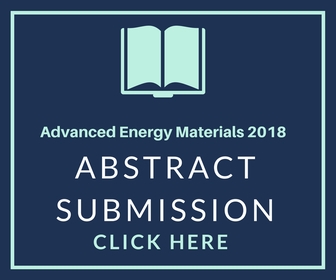
Jerzy A. Szpunar
Professor
University of Saskatchewan
Canada
Biography
J.A. Szpunar, a professor of Materials Science at University of Saskatchewan, was educated in Poland and received his PhD and D.Sc. degrees from the Academy of Mining and Metallurgy in Cracow. He has held various visiting positions in at Sussex and Durham Universities in England, worked in laboratories of the Finish Academy of Science, Riso National Laboratories and held visiting professor positions in Seoul National University, Queens University, Tohoku University, Osaka University and Bangalore Institute of Science and Technology. He also served as an adviser to the National Atomic Agency Research Center in Bandung, Indonesia and International Atomic Energy Agency in Vienna. During 22 years he has been Professor of Materials Science and Henry Birk’s Chair in Metallurgy at McGill University. During his time, at McGill, he founded the “Textures & Microstructure Laboratoryâ€, recognized as a leading world center of microstructural research. During his years at McGill, 30 Ph.D. students and 15 MSc. students graduated under his supervision. He was a leader of 49 major research projects – mostly materials related investigations. Dr. Szpunar joined the Department of Mechanical Engineering at the University of Saskatchewan in August 2009 as Tier I Canada Research Chair in Advanced Materials for Clean Energy and his present research is mainly related to materials for Generation IV nuclear reactors, hydrogen generation and storage and novel techniques to support clean energy programs. His overall research interests extend to various areas of materials related investigations.
Research Interest
His research interest spans various areas of materials related investigations. In particular he is interested in deformation and recrystallization processes in textured metals, structure and properties of thin films, electronic interconnects, high temperature oxidation and corrosion, synergy of wear and corrosion, application of X-ray and neutron diffraction, structure of grain boundaries and other interfaces, intergranular fracture, hydrogen membranes and hydrogen ingress in nuclear materials, superplasticity and special properties of nanocrystalline materials His group is also active in the area of computer simulation of structure and properties of engineering materials. The simulation based research is done on various levels: atomistic, microscopic and macroscopic; Ab-Initio, Molecular Dynamics and Monte Carlo are used to predict macroscopic properties of materials and to understand various processes that transform texture, grain boundary structure and properties

